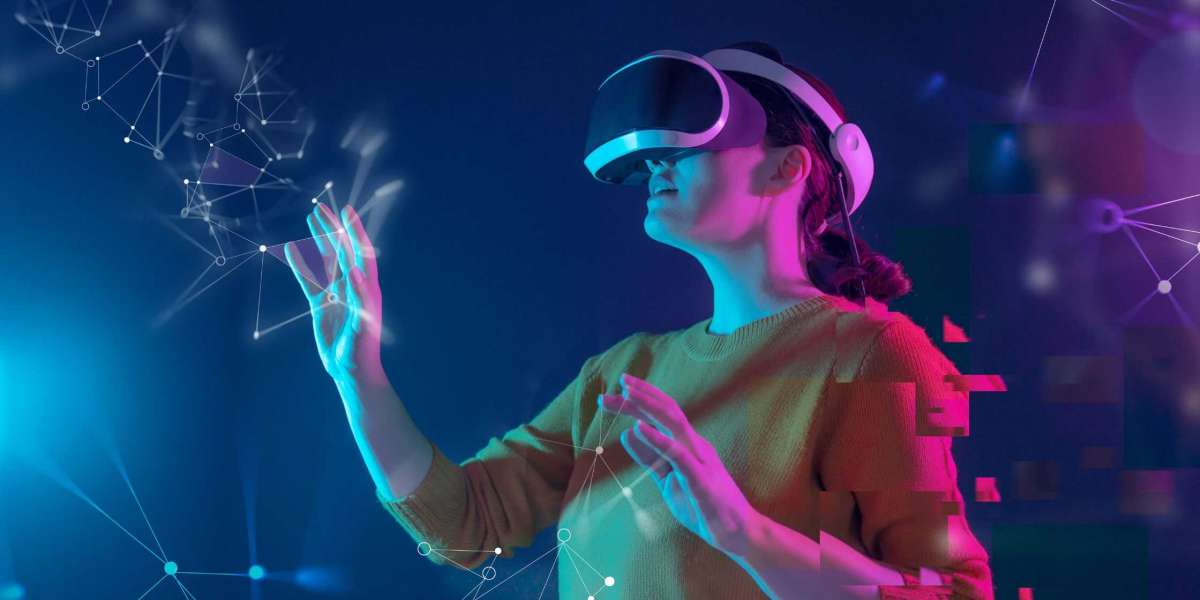In the world of technology, few innovations have captured the imagination of businesses and consumers alike as effectively as Augmented Reality (AR). This transformative technology, often associated with gaming and entertainment, has also been making waves in the business world, offering a compelling business case driven by substantial Return on Investment (ROI) and a plethora of benefits.
In this blog post, we will delve deep into the business case for Augmented Reality Malaysia, exploring its applications, the quantifiable ROI it can generate, and the broader advantages it offers to organizations across various industries.
The Versatility of Augmented Reality
One of the reasons AR has gained immense traction in various industries is its versatility. It's not just limited to a single application or industry niche. Here are some of the diverse sectors where AR is making a significant impact:
1. Retail and E-Commerce
AR has revolutionized the retail sector by enabling customers to visualize products in their real-world environment before making a purchase. For example, furniture stores offer AR apps that allow customers to see how a piece of furniture would look in their home. This has led to increased customer confidence and decreased return rates, contributing directly to the bottom line.
2. Manufacturing and Maintenance
In manufacturing, AR can provide real-time information and guidance to workers, improving efficiency and reducing errors. Maintenance technicians can also benefit from AR by accessing manuals and instructions overlaid on the equipment they are repairing, thereby reducing downtime.
3. Healthcare
Surgeons are using AR during complex procedures to display critical patient information or to superimpose 3D visualizations onto the surgical field, enhancing precision. AR is also aiding in medical training by providing immersive simulations for students.
4. Education
AR is transforming education by making learning more engaging and interactive. Students can use AR apps to explore historical sites, dissect virtual organisms, or even interact with characters from literature, all within their physical classroom.
5. Gaming and Entertainment
While the gaming industry is an obvious beneficiary of AR, it extends beyond entertainment. Theme parks, museums, and sports stadiums are using AR to create immersive experiences for visitors.
6. Real Estate
Property developers and real estate agents leverage AR to provide virtual property tours to prospective buyers. This not only saves time but also attracts a wider audience, including international investors.
7. Marketing and Advertising
AR has opened up new avenues for marketing and advertising. Brands can create interactive AR campaigns that allow consumers to engage with products or advertisements in a more memorable and personal way.
These are just a few examples of how AR is being applied across different industries. Its adaptability and ability to enhance real-world experiences make it a valuable tool for businesses looking to gain a competitive edge.
The ROI of Augmented Reality
The adoption of any technology in a business context ultimately comes down to the return on investment it can deliver. Augmented Reality is no exception, and it has demonstrated its ability to provide a substantial ROI in several ways:
1. Increased Sales and Revenue
AR can significantly boost sales and revenue by improving customer engagement and conversion rates. When customers can visualize products or try them out virtually, they are more likely to make a purchase. For example, a study by Shopify found that products with AR content had a 94% higher conversion rate than those without.
2. Cost Reduction
AR can help businesses reduce costs by streamlining processes and improving efficiency. In manufacturing, for instance, AR-guided assembly reduces errors and accelerates production, leading to cost savings. The same applies to training programs, where AR simulations can replace expensive physical training environments.
3. Reduced Returns and Better Customer Satisfaction
By allowing customers to preview products in their real-world environment, AR helps reduce returns due to mismatches between expectations and reality. This not only saves money on return logistics but also enhances customer satisfaction, leading to higher customer retention rates.
4. Improved Training and Onboarding
For organizations, training and onboarding can be resource-intensive. AR simplifies this process by offering immersive, hands-on training experiences. New employees can learn procedures, equipment operation, and safety protocols more effectively through AR simulations.
5. Enhanced Marketing and Branding
AR campaigns often garner significant attention and social media buzz. The viral nature of well-executed AR marketing campaigns can result in increased brand recognition and customer engagement, which, in turn, can translate into higher sales.
6. Data Collection and Analysis
AR can provide valuable data on user behavior and interactions. Businesses can analyze this data to gain insights into customer preferences, pain points, and purchasing behavior, enabling more informed decision-making and targeted marketing strategies.
7. Competitive Advantage
Early adopters of AR technology gain a competitive edge by differentiating themselves from competitors. Being at the forefront of innovation can attract tech-savvy customers and partners, positioning the business as a leader in its industry.
8. Remote Assistance and Collaboration
In industries like healthcare and manufacturing, AR can facilitate remote assistance and collaboration. Experts can provide real-time guidance to on-site technicians, reducing the need for travel and downtime.
Conclusion
Augmented Reality is not just a futuristic concept; it's a practical tool that is already delivering substantial ROI and benefits to businesses across a wide range of industries. By enhancing customer experiences, streamlining operations, reducing costs, and providing valuable insights, AR is proving its worth as a transformative technology. As the technology continues to evolve and become more accessible, the business case for Augmented Reality will only become more compelling. Businesses that embrace AR today position themselves for success in the increasingly digital and immersive future. Whether you're in retail, manufacturing, healthcare, or any other industry, it's worth exploring how Augmented Reality can drive growth and innovation in your organization.




